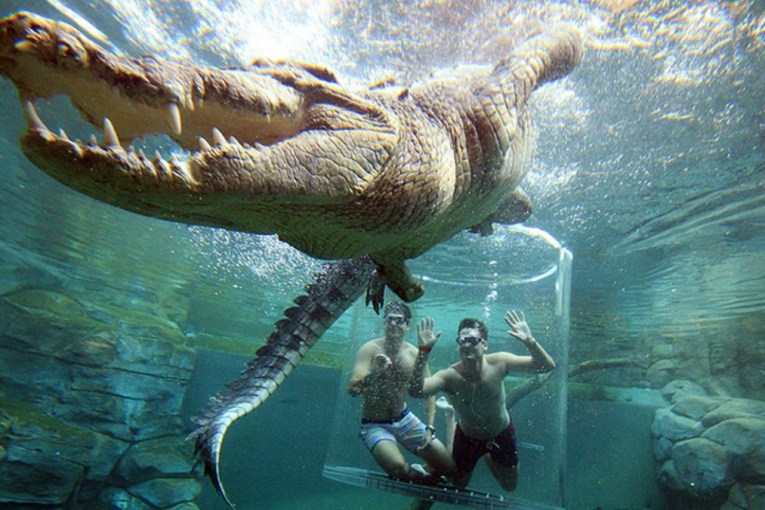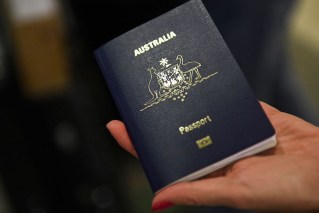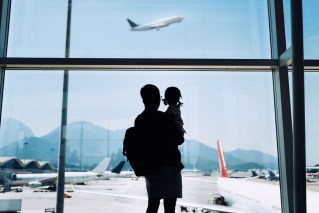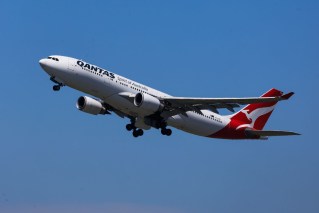Boeing Dreamliner production problems threaten the aircraft’s safety, former quality manager warns
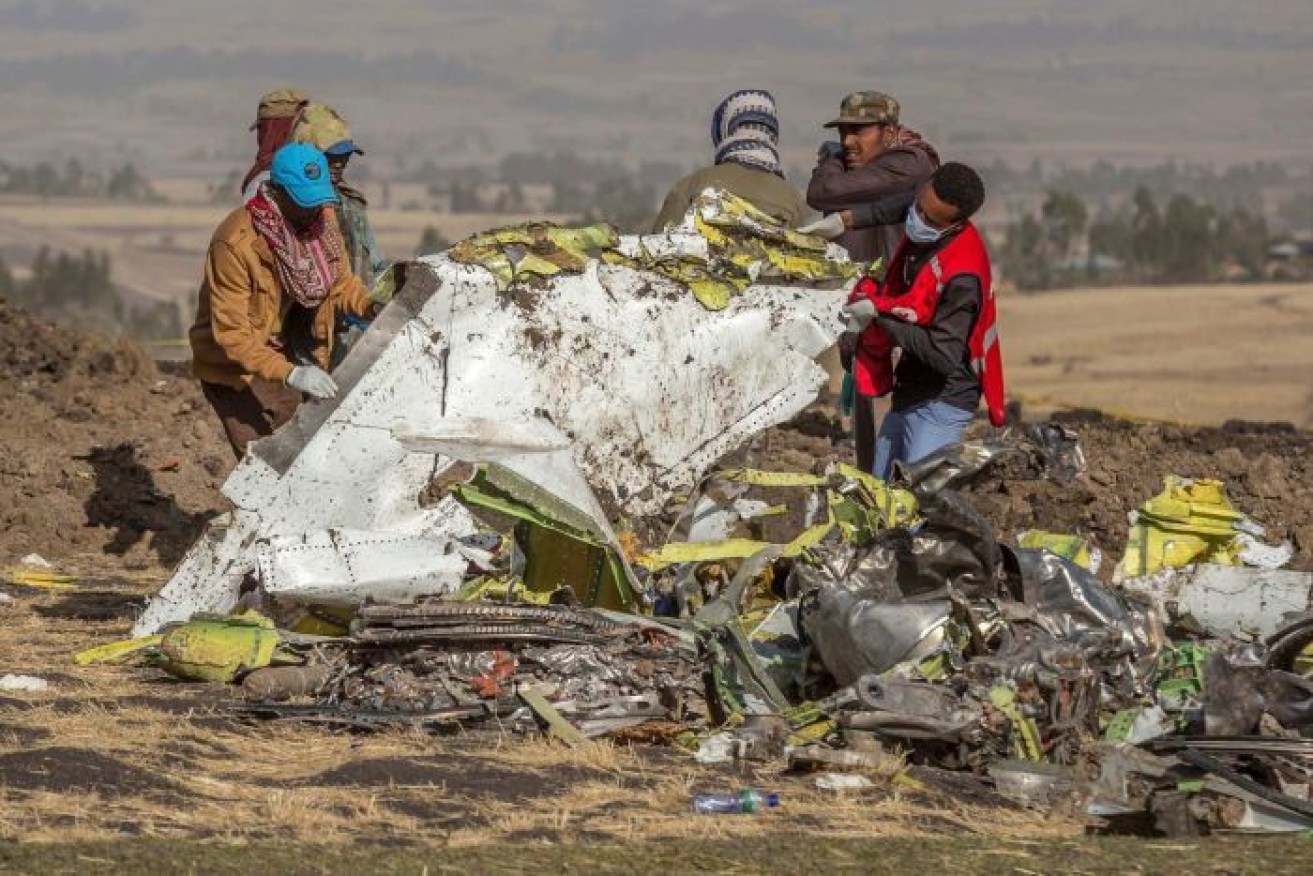
Rescuers work at the scene of the Ethiopian Airlines 737 MAX 8 crash south of Addis Ababa, Ethiopia, which killed 157 people. Photo: via ABC News
A whistleblower who worked for Boeing for almost 30 years says he would not fly on the plane he helped build due to serious safety concerns.
The 100-year-old US company is facing intense scrutiny after two of its 737 MAX 8 planes were involved in fatal crashes in the past 18 months.
Now a second aircraft model – the 787 Dreamliner – is also facing allegations of production problems that compromise its safety.
Former Boeing quality manager John Barnett worked on the company’s flagship 787 Dreamliner in the United States but he does not consider any of the planes that left the company’s North Charleston factory airworthy.
“I would not fly on a Dreamliner and I’ve asked my family and begged my family not to fly Dreamliners because I know, I know what’s under the skin,” he told 7.30.
“I know what’s flying around out there – and it’s scary.”
Boeing’s full-year earnings are due to be announced on Thursday and are expected to reflect the toll a year of scandals have taken on the company after what aviation experts say is an “unprecedented” situation for the aircraft manufacturer.
The first nine months of 2019 saw profits fall by 95 per cent, and Boeing’s CEO was fired in December over his handling of the crisis.
Boeing ‘putting profits above quality and safety’

John Barnett took his concerns to Boeing management and the Federal Aviation Administration in the US. Photo: ABC News
Mr Barnett had worked for Boeing for more than two decades and “loved” the company and all it stood for.
When he was moved to its new factory in North Charleston, South Carolina, he began to see serious problems in the manufacturing of aircraft.
“I haven’t seen a plane out of Charleston yet that I would consider safe and airworthy,” he said.
While inspecting the planes, he noticed metal shaving scraps, left over from the installation of floor panels, had fallen near electrical wiring on some of the completed planes.
“When you mix metal slivers with electrical components, it’s a recipe for disaster,” he said.
He believed the debris posed a fire risk, and alerted Boeing management, but says his concerns were brushed off and he was moved to a different area.
“[What they] told me was that it was too expensive for them to take the panels down and clean them,” he said.
“So, to me, that’s an indication that they’re putting profits and schedule above quality and safety.”
Mr Barnett also discovered problems with the oxygen supply on the plane that feed into drop-down masks for passengers when there is a mid-air emergency.
When he tested them at the factory, he said he found “25 per cent of them failed to initiate”.
“So that’s another major concern I have is that 25 per cent of the oxygen systems flying around today on the 787s aren’t going to work properly.”
The whistleblower also found damaged parts for the aircraft were being used to construct new aircraft, rather than being thrown out as they are supposed to be.

A photograph showing metal shavings near electrical wires in a completed Boeing plane. Photo: Supplied
“If we have defective parts, and we don’t have any more new parts in stock, then the mechanic took a defective part and put it on airplane because they want to get their job done for that day, not thinking about the long-term ramifications of it,” Mr Barnett said.
“I caught [someone] taking a scrap part out of the bin, and giving it to the mechanic to put on the airplane.
“This part was actually scrapped and thrown in the trash. And he dug it out and said, ‘go put it on the airplane’.”
Problems ‘being addressed’, Boeing says

Planes under construction at the Boeing factory in North Charleston, South Carolina. Photo: ABC News
Mr Barnett said he went through the correct channels to raise the issue within Boeing but got nowhere and so filed a formal complaint with the US Federal Aviation Administration (FAA).
The FAA visited the North Charleston factory to investigate his claims and found the metal shavings as Mr Barnett described.
It also found Boeing could not account for the disposal of some damaged parts.
Boeing was ordered to fix the problems.
The FAA also found Boeing was aware of the oxygen system problems and was addressing them, but Mr Barnett does not have confidence they are being properly fixed.
In a statement to 7.30, Boeing said the concerns raised by Mr Barnett were not a safety issue and the matter involving the oxygen systems had been addressed.
It insisted that all its planes go through rigorous safety tests before they leave the factory.
“In 2017, Boeing’s normal 787 production testing process identified some oxygen bottles received from the supplier that were not deploying properly,” the statement said.
“We removed those bottles from production so that no defective bottles were placed on airplanes, and we addressed the matter with the supplier through our normal FAA-approved process.
“We encourage and expect our employees to raise concerns and when they do, we thoroughly investigate and fully resolve them, in co-operation with the FAA, where appropriate.”
Mr Barnett retired in 2017 and is now taking legal action against Boeing under legislation to protect whistleblowers from discrimination.
He is worried about the planes that have left the factory with the problems he flagged.
“There’s a rule of thumb in production, that it takes eight to 10 years for a defect to become an issue on an airplane,” he said.
“Our first delivery out of Charleston was late 2012. So, we’re just now getting into that eight to 10-year window with the 787s delivered out of Charleston and I’m concerned, I’m really concerned.”
7.30 understands no Australian domestic airlines operate 787 Dreamliners that were manufactured in North Charleston (Qantas’ 787 planes are understood to be from Boeing’s Seattle factory) but many international airlines do have them in their fleets.
A deeper crisis

Rescuers work at the scene of the Ethiopian Airlines 737 MAX 8 crash south of Addis Ababa, Ethiopia, which killed 157 people. Photo: ABC News
The Dreamliner allegations come as Boeing faces unprecedented pressure over its 737 MAX 8 series, which has been the airline’s biggest headache.
The crisis began in late 2018 when Lion Air flight 610 crashed into the sea shortly after take-off from Jakarta, killing everyone on board.
Just a few months later, an Ethiopian Airlines plane met the same fate.
Both flights appear to have suffered the same problems before crashing.
“This aircraft clearly should never have been allowed to fly,” aviation expert Neil Hansford said.
Indonesian authorities point to an automatic software system used to stabilise the plane which pilots were not aware of and could not control when it malfunctioned.
“They put the software in to overcome poor design,” Mr Hansford said, adding he would not fly on a MAX 8 plane.
He believes the design of the 737 MAX 8 aircraft was rushed.
“Boeing had worked very hard to make this a cheaper alternative that didn’t require training,” he said.
“So any pilot that had flown the 800 series could automatically fly the MAX 8 after having looked at a video on their computer and that was supposed to equip them.
“But the problem was the MCAS [Manoeuvring Characteristics Augmentation System – the automatic software system] isn’t in the flight manuals and isn’t in any other training.
“It’s grossly negligent, it’s engineering arrogance and a total contempt for the people who fly their product. Absolutely inexcusable.
“Boeing should be putting the lives of those people that have been lost clearly on their own shoulders.”
In a statement Boeing to 7.30 said it has made changes to its MCAS software including utilising two sensors instead of one.
“These changes will prevent the flight control conditions that occurred on the Lion Air Flight 610 and Ethiopian Airlines Flight 302 flights from ever happening again,” the statement said.
737 MAX 8 may never fly again

Grounded Boeing 737 MAX aircraft parked at Boeing Field in Seattle. Photo: ABC News
All MAX 8 planes have been grounded worldwide for close to a year and it could be another six months before they are declared fit to fly by aviation authorities.
Boeing has temporarily halted production of the model as it scrambles to find a fix.
In Davos last week, US President Donald Trump expressed his disappointment in the American company.
“This was one of the great companies of the world a year ago and then all of these things happened,” he told CNBC.
“Boeing: big disappointment to me, big disappointment.”
No Australian airline currently holds any MAX 8 aircraft but Virgin has several on order.
It has delayed the delivery of those until 2025.
Qantas told 7.30 it would consider the MAX 8 in the future.
But Mr Hansford doubts the plane will ever be cleared as safe to fly.
“I have a personal belief that this aircraft possibly will never fly again,” he said.
“They all said there’d be a quick solution and here we are 12 months after 300-odd people lost their lives and there’s still not a solution.”
